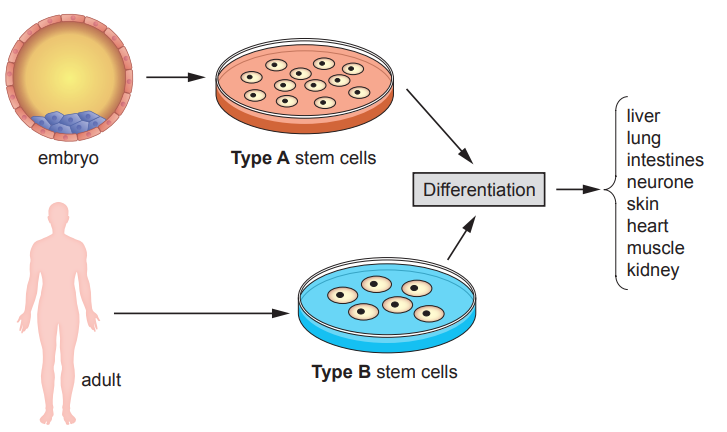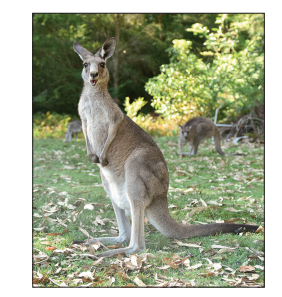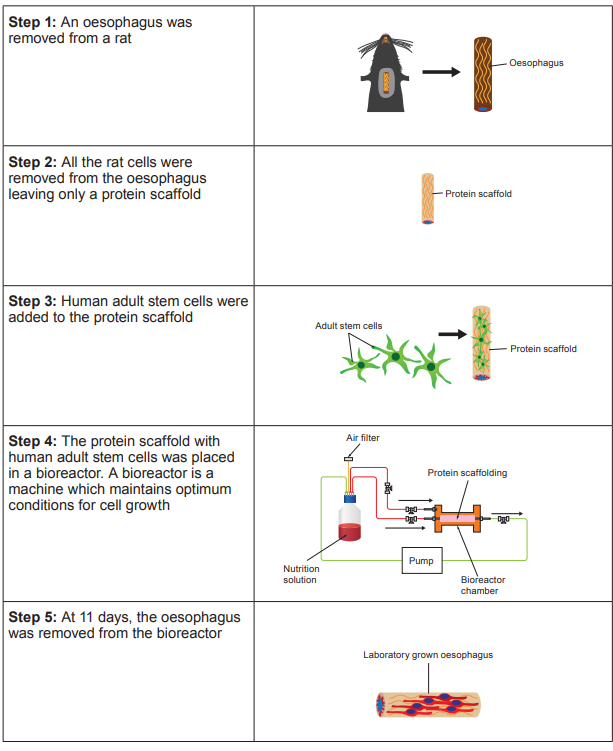Image 2 shows two different sources of stem cells.
Image 2

Underline which one of the following statements is the correct definition of a stem cell.
A stem cell is a differentiated cell that can become specialised.
A stem cell is a specialised cell that can become undifferentiated.
A stem cell is an undifferentiated cell that can become specialised.
Name the two types of stem cell shown in Image 2.
Type A ....................................................
Type B ....................................................
State one reason why some people disagree with the use of embryos as a source of stem cells.
Did this page help you?


